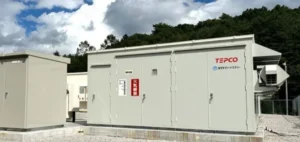A 20 MW energy storage project has been commissioned in New Jersey, within the PJM electricity market, one of the largest and most complex grids in the United States. The facility, spearheaded by a private company, addresses the growing demand for ancillary services to stabilize and reinforce the grid.
A project aligned with market dynamics
This storage unit is part of a broader strategy by energy operators to integrate technological solutions to optimize electrical infrastructure. With this commissioning, the total storage capacity in the PJM market now reaches 120 MW, a notable step forward to better manage energy fluctuations and reduce reliance on conventional systems.
The project benefits from tax incentives available under recent U.S. energy policies, such as the Investment Tax Credit (ITC). These measures, while politically driven, leave investment initiatives to private actors who see energy storage as a strategic long-term opportunity.
Challenges and opportunities in the PJM market
The PJM market, with its extensive coverage of 65 million consumers, increasingly relies on storage solutions to meet its flexibility and reliability needs. This facility enhances New Jersey’s capacity to support energy transition while contributing to the balancing of a grid under growing strain.
However, several challenges remain for this market, particularly regarding the short-term profitability of storage systems and the need to adapt regulations to support such investments. Private actors play a critical role in this dynamic, anticipating future needs while operating in a competitive economic framework.






















